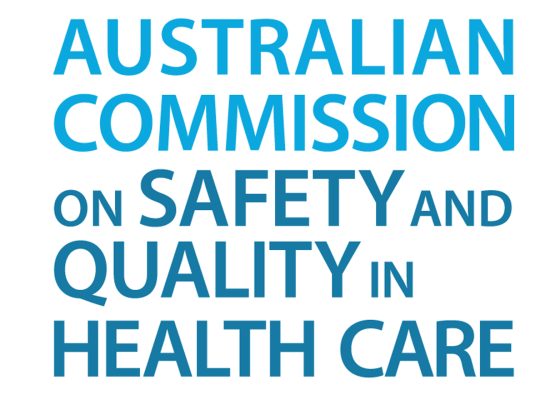The ACSQHC has released its new framework for managing medications at high-risk moments in a patient’s care journey.
The Australian Commission on Safety and Quality in Health Care has released its Medication Management at Transitions of Care Stewardship Framework as part of its commitment to reducing risks of harm associated with transitions of care.
“Medication management at transitions of care is a period of high risk for medication errors and miscommunication, which can lead to harm,” said the ACSQHC.
More than 50% of medication errors occur at transition of care.

The framework focuses on transitions of care that occur between hospital inpatient settings and primary and aged care settings, including transitions that occur as part of a person’s hospital journey from admission, throughout the hospital stay, to discharge into primary or aged care settings, for effective follow-up care.
“The principles and elements of the framework may be transferrable, with appropriate modification, to other transitions of care settings and to other patient cohorts,” said the commission.
Related
The framework aims to:
- establish a stewardship approach to medication management;
- support coordinated governance of medication management;
- promote and optimise safe and high-quality medication management;
- reduce medication-related harm and hospital readmission rates due to errors and miscommunication;
- improve communication between hospitals and primary and aged care, to enable timely discharge planning and post-discharge medication management follow-up; and,
- ensure continuous improvement.
“Implementation of the Framework will be effective when it is tailored to the hospital’s local context and incorporated into existing safety and quality frameworks,” said the commission.
“Clinicians and health managers are encouraged to customise the stewardship approach to suit their local resources and needs across the hospital, primary and aged care sectors.
“Implementation of quality improvement based on the Framework is intended to be incremental based on these local needs and priority areas.”
Read the full framework here.




